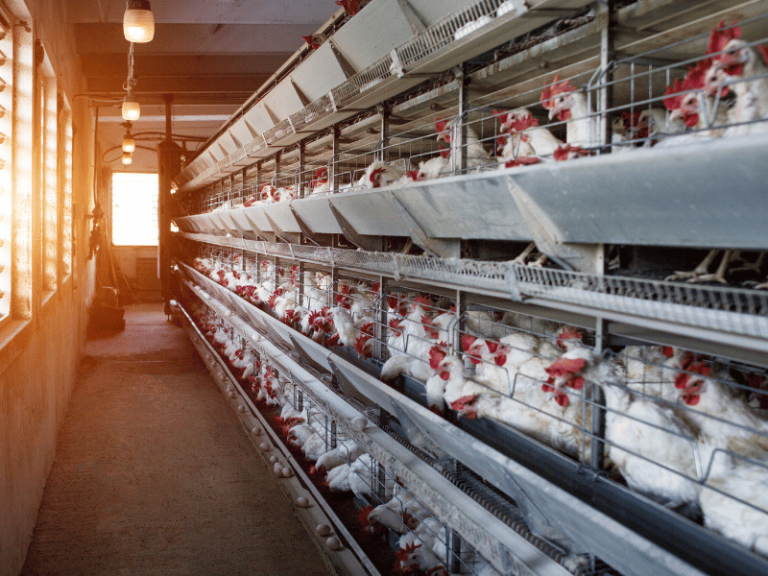As the weather gets colder, old hens lay fewer eggs. Some people think this is due to the cold weather, so they try to keep the hens in warm places and give them more food. Some even house them in sheds with stoves, but still, the hens don’t lay many eggs.
This mystery was not solved until the late 18th and early 19th centuries. It was discovered that in winter, days are short and nights are long. Even with warm housing and ample food, hens won’t lay many eggs without a certain amount of light stimulation. Therefore, people have long used methods to extend daylight hours, using artificial lighting to encourage hens to lay more eggs.
Why does exposing chickens to light make them lay more eggs? According to research, light stimulates the hypothalamus in the chicken’s brain through its eyes, causing the anterior pituitary gland to secrete follicle-stimulating hormone. This hormone promotes ovarian function, thereby increasing egg production.
Based on this principle, recently the “flashlight method” has been used. This method involves installing 1500 flash bulbs within a 30-square-meter area. Starting at 4 a.m., the bulbs flash once, then again at 5 a.m., each time for a total of 20 seconds. This lighting schedule has been found to be as effective as continuous long-term lighting methods.
Using the flashlight method, egg production sharply increases within two weeks to a month after implementation. It continues to rise gradually and reaches its peak at around 1.5 to 2 months, showing nearly double the egg production compared to no lighting. Afterward, egg production gradually decreases. Generally, there is not much difference in egg production between lighted and non-lighted conditions after about five months, by which time daylight hours are already quite long. In summary, using artificial lighting increases egg production by about 10% compared to natural daylight conditions.

